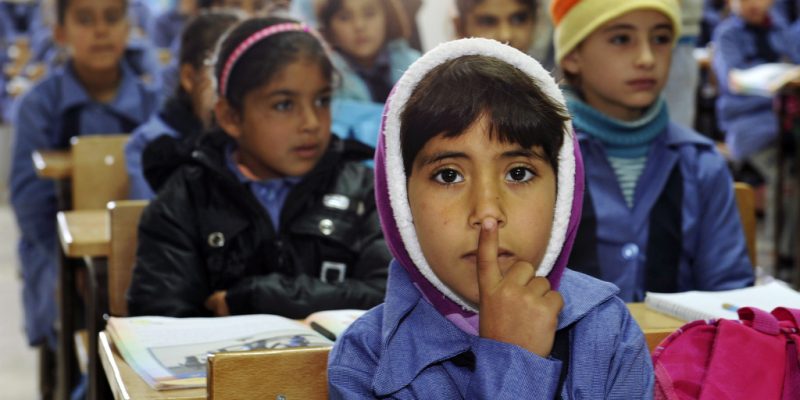Time limit: 0 Quiz-summary0 of 10 questions completed Questions:
InformationMigration phenomena are still affecting Europe, and Italy in particular. The topics of arrivals by sea and asylum seekers are constantly discussed, but how accurately? Here are 10 questions (and a lot of data) to test your knowledge on arrivals and asylum seekers in 2016. You have already completed the quiz before. Hence you can not start it again. Quiz is loading... You must sign in or sign up to start the quiz. You have to finish following quiz, to start this quiz: ResultsTime has elapsed You have reached 0 of 0 points, (0)
Categories
|

How much do you know about the refugee crisis *2016*?
March 30, 2017
Migration phenomena are still affecting Europe, and Italy in particular. The topics of arrivals by sea and asylum seekers are constantly discussed, but how accurately? Here are 10 questions (and a lot of data) to test your knowledge on arrivals and asylum seekers in 2016.
Migration phenomena are still affecting Europe, and Italy in particular. The topics of arrivals by sea and asylum seekers are constantly discussed, but how accurately? Here are 10 questions (and a lot of data) to test your knowledge on arrivals and asylum seekers in 2016. |








